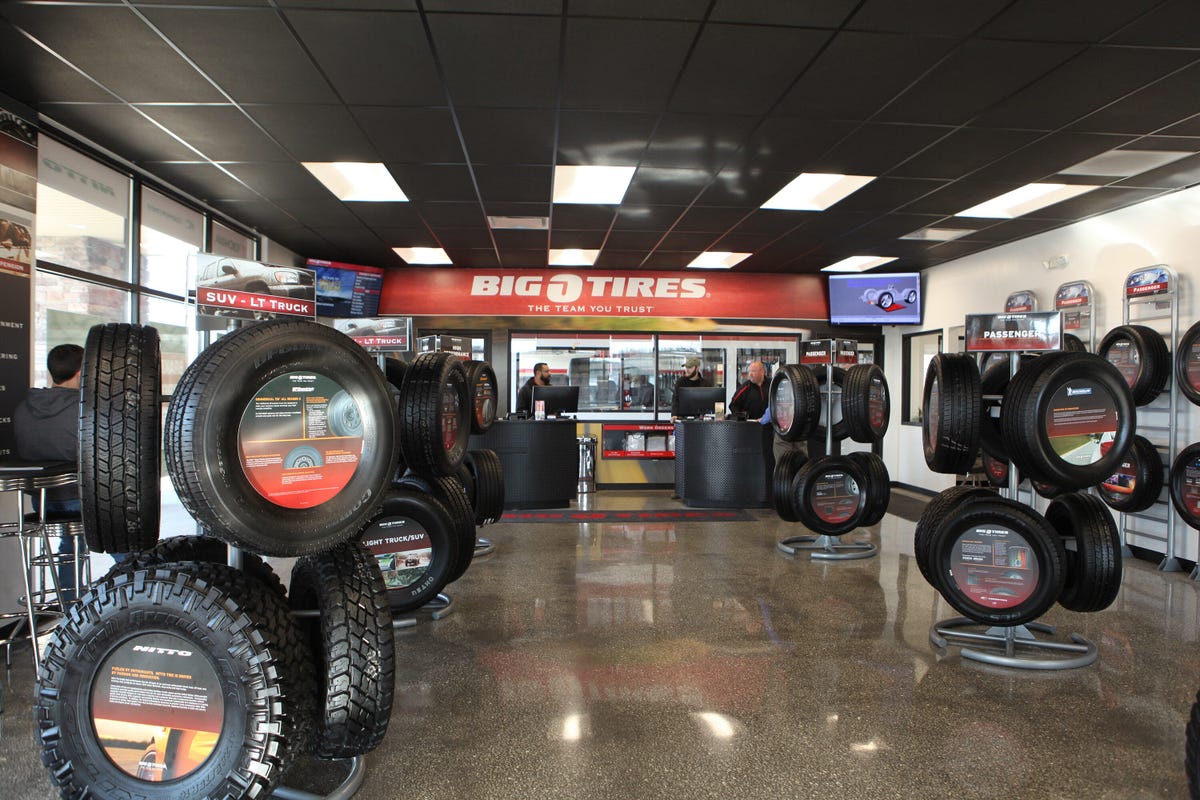Tire Solution: Understanding Tire Stress Surveillance Equipments
Comprehending Tire Pressure Tracking Solutions (TPMS) is an important facet of keeping optimal automobile efficiency and safety and security on the road. With improvements in vehicle innovation, TPMS has become a conventional function in modern vehicles, providing real-time information on tire stress degrees.

Value of TPMS
The value of Tire Pressure Monitoring Solutions (TPMS) exists in their capability to improve vehicle security and efficiency through real-time surveillance of tire pressure levels. Maintaining the correct tire pressure is vital for ensuring optimal handling, braking, and overall safety of a car. TPMS supplies vehicle drivers with prompt responses on any type of overinflated or underinflated tires, enabling prompt changes to be made.
Elements of TPMS
Comprising numerous necessary elements, a Tire Pressure Surveillance System (TPMS) operates as a sophisticated security attribute in modern-day vehicles. The main parts of a TPMS consist of sensors, a control module, and a warning sign. Sensing units are normally situated in the tire valve stem or affixed to the wheel assembly, where they determine tire stress and transmit data to the control component. If it detects considerably low pressure in any of the tires, the control module processes this info and activates a caution. The caution indication, frequently an icon on the control panel, alerts the driver to check the affected tire or tires. Some advanced TPMS models also display the actual tire pressure readings for each tire, offering chauffeurs with real-time info to make sure ideal tire efficiency and security. By keeping an eye on tire stress constantly, TPMS helps prevent crashes, lowers tire wear, and boosts fuel effectiveness, making it a vital element for car safety and performance.
Types of TPMS

On the various other hand, indirect TPMS relies upon the automobile's wheel speed sensors to check tire pressure. This system spots underinflation by contrasting the rotational speeds of the wheels. Indirect TPMS is less pricey than direct TPMS, as it utilizes existing sensors within the lorry.
While direct TPMS uses extra exact analyses, indirect TPMS is less complex in layout and commonly calls for less maintenance. Both systems have their limitations and advantages, and the choice between them often depends on elements such as cost, car make, and personal preference. Understanding the differences between these two kinds of TPMS can aid vehicle owners make informed decisions pertaining to tire maintenance and safety and security.
TPMS Maintenance Tips
Conduct routine checks on the tire stress degrees and compare them with the TPMS analyses to ensure they are regular. During tire turning or replacement, make certain that the TPMS elements their explanation are handled thoroughly to stop any kind of potential damage. If the TPMS warning light illuminates on the dashboard, address the issue quickly by inspecting the tire pressures and the overall system for any type of mistakes.
Advantages of Correct Tire Stress
Keeping proper tire pressure, as highlighted in TPMS Upkeep Tips, is essential for enjoying the countless benefits related to optimum tire pressure levels. One of the key benefits of preserving the appropriate tire pressure is boosted fuel performance. When tires are effectively pumped up, there is less moving resistance, resulting in far better fuel economic climate. Furthermore, proper tire stress makes sure even tire wear, expanding the life-span of the tires and promoting much safer driving problems. With the right tire pressure, automobiles likewise have better handling and traction, especially in negative climate condition. This can enhance total driving performance and safety for the driver and guests. Moreover, maintaining optimum tire pressure can add to a smoother and a lot more comfortable ride by lowering vibrations and sound triggered by underinflated tires. In final thought, the benefits of correct tire stress surpass just tire longevity; they incorporate enhanced fuel performance, improved safety, far better vehicle performance, and total driving comfort.
Final Thought
To conclude, comprehending tire pressure tracking systems (TPMS) is crucial for preserving optimum tire pressure and making sure automobile safety. By identifying the importance of TPMS, being acquainted with its parts, knowing the various types offered, sticking to proper upkeep tips, and understanding the benefits of keeping appropriate tire stress, vehicle drivers can enhance their driving experience and prolong the lifespan of their tires. Correct tire pressure is vital to reliable and risk-free vehicle operation.
